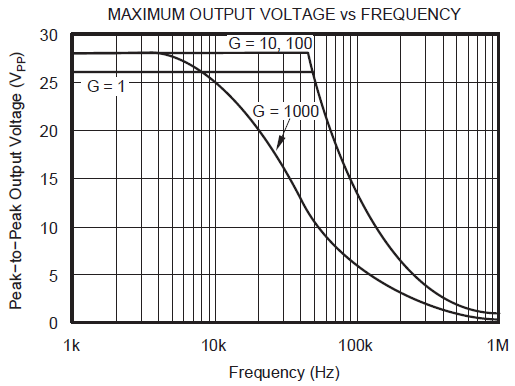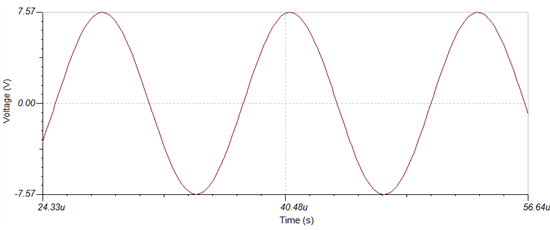Hi there,
I am currently testing the INA128 and I am a little bit surprised because above 50Khz a sinewave input signal is turned into a triangular one. In other words my input signal is distorted.
Is it a nominal behaviour ? According to the spec sheet, the BW is around 1Mhz with a unity gain.
Thanks in advance.
Paulo.




